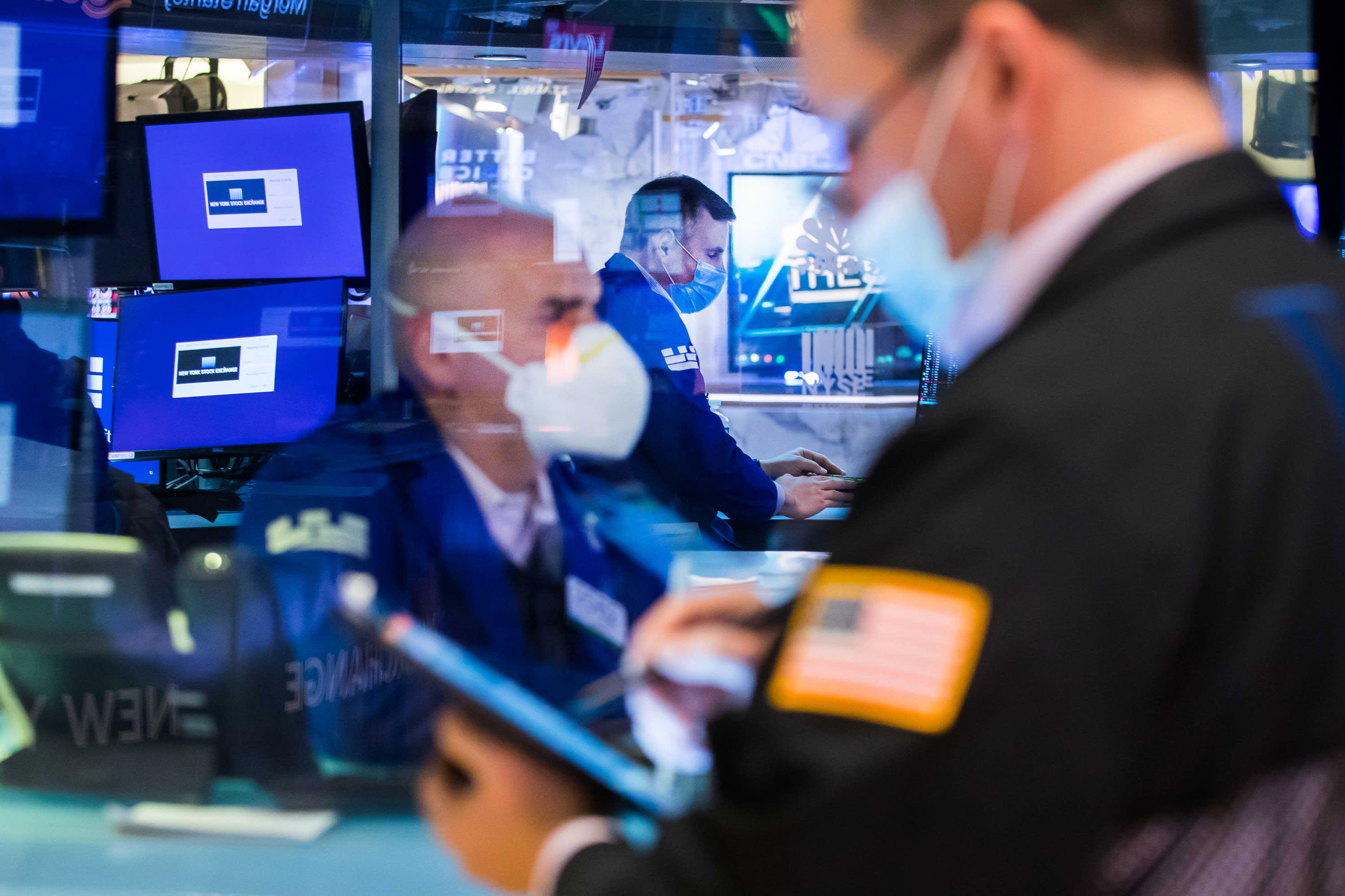China’s president Xi Jinping recently made headlines for warning the West against rapid rate rises in a virtual speech on the occasion of the World Economic Forum’s opening. An overambitious Fed would slam the brakes on the global recovery from the pandemic. According to Xi, it would be a mistake to change the course of monetary policy and risk what he called serious economic consequences from a spillover effect that would hurt emerging market trading partners in particular.
Policymakers in Washington’s ivory tower will presumably scoff at such notion. Their objective is to primarily and naturally look after America and address the spiralling inflation the homeland is being plagued by. The mainstream has long concluded that determined monetary action is needed to reign in on price hikes across industries and sectors. The question in the pundits’ minds is rather how harsh and quick the moves are to be. Is that the accurate question, though?
How do you actually fight inflation in the 21st century? Are we to open conventional economic history books and go by what may have more or less worked in a world post the World Wars and through business cycles among closed economies back then? Paul Volcker is often being mentioned these days and what stunt he performed more than 40 years ago to tame the beast. Wouldn’t we be mad to think that similar actions could save us from today’s perceived monster?
Of course we would be. The financial crisis almost 15 years ago and the earth-shattering pandemic now, combined with unprecedented monetary policies around the world, have entirely distorted any previously prevalent economic theories. To solely look to the Fed to fix the current inflation problem is utter nonsense. We are no longer in a scenario where excess credit has led us to excess demand for goods and services, and the concept of ceteris paribus has long outlived its meaning.
So, if all these measures fail to hit the mark, what does enable us to get rid of inflation? Well… One, address the logistics. We all agree that the virus-related constipation of global supply chains has pushed traded goods prices up north, considerably so. The only way to unclog those chains is by successfully fighting the pandemic and for policymakers to devise the next steps to bring desired and seamless efficiencies back to global ports and other infrastructure. No rate hike or tapering will be able to assist here.
Two, manage energy prices. Manage, you say? Yes, manage. The crude market is not a real market as we know. Despite the fact that the industry has been lagging investments OPEC as a cartel can turn the output valve, as could and would Russia at these prices. And last I looked natural gas resources are still aplenty on this planet, but geopolitics seems to always get in the way. Europe doesn’t need to endure an energy crisis of seen proportions, and this is where inflation pressure bites the most.
Three, normalise trade and particularly the exchange of goods and services between the world’s economic behemoths. While tariffs are being looked at as an effective geopolitical weapon in Washington, they fuel inflation at home when trade deficits widen as they have done in the past year. Neither does it help when Congress constantly twitches to brand China a currency manipulator if in the past the Renminbi happened to weaken against the dollar.
Again, this has got little to do with what Jay Powell and comrades are cooking up in that ivory tower. Rather, a US concession on tariffs and, in return, an agreed policy of dollar strengthening against the Renminbi would have a double-whammy effect with regards to more competitive import prices and bigger American purchasing power. Of course, due to the rising commodity and energy prices Beijing would have little interest in a weaker currency, but Washington lowering tariffs has its price.
Finally, fix America’s fiscal policy. Since a slew of money has already been printed and probably will still be sloshing around the system for a while, it is hardly comprehendible that almost all of that liquidity mountain is being directed toward consumption allowances and almost none of it has been invested in additional productive capacity. No wonder America’s trade deficit has been surging as there isn’t enough domestic supply that can meet the demand avalanche the government has unleashed.
Remember, it is excess credit that is the rationale for the Fed hiking interest rates, but look at the US banks’ loan books! They have been shrinking. Their balance sheets are merely inflated by gargantuan positions in US Treasuries, enabling ever more of the government’s demand stimulation rather than creating new supply. US manufacturing has been neglected for decades, adding to the decline in productivity and putting upward pressure on things like labour costs.
To be sure, catching up with the backlog and restoring onshore supply chains requires capital goods, most of which are no longer produced in America either, ie that’s why point number three as above would be so crucial. Congress has to get its priorities right and make a move on the overdue infrastructure program, renew heavy investments in platforms benefitting private sector innovation, lower tariffs, and adopt a currency policy that in combination boosts American purchasing power while mitigating inflation.
This is how one fights inflation in the modern world if you want to call that modern. It is what it is, however, and instead of being burdened by economic theories that persist in dusty history books we should build on economic pragmatism that actually leads to results. The Fed undoubtedly has its key role to play here, but this time around effective leadership to right the wrongs has to come from actual governments.
